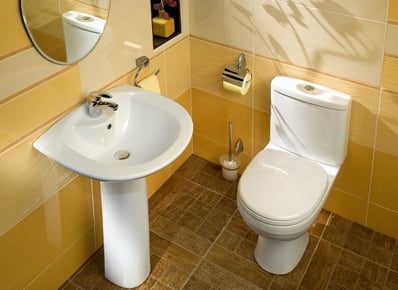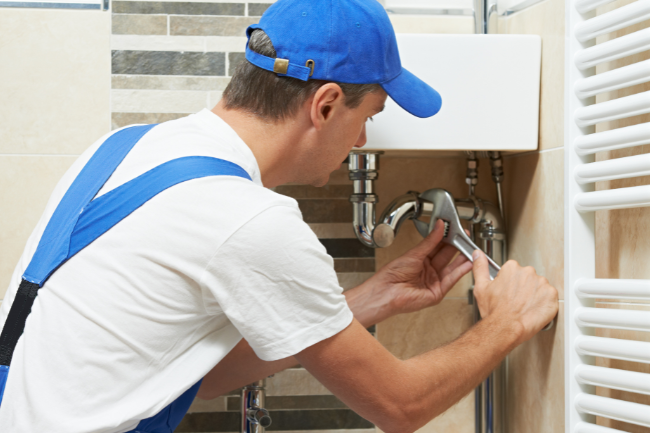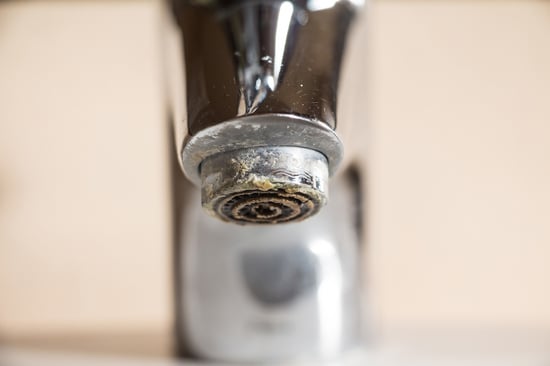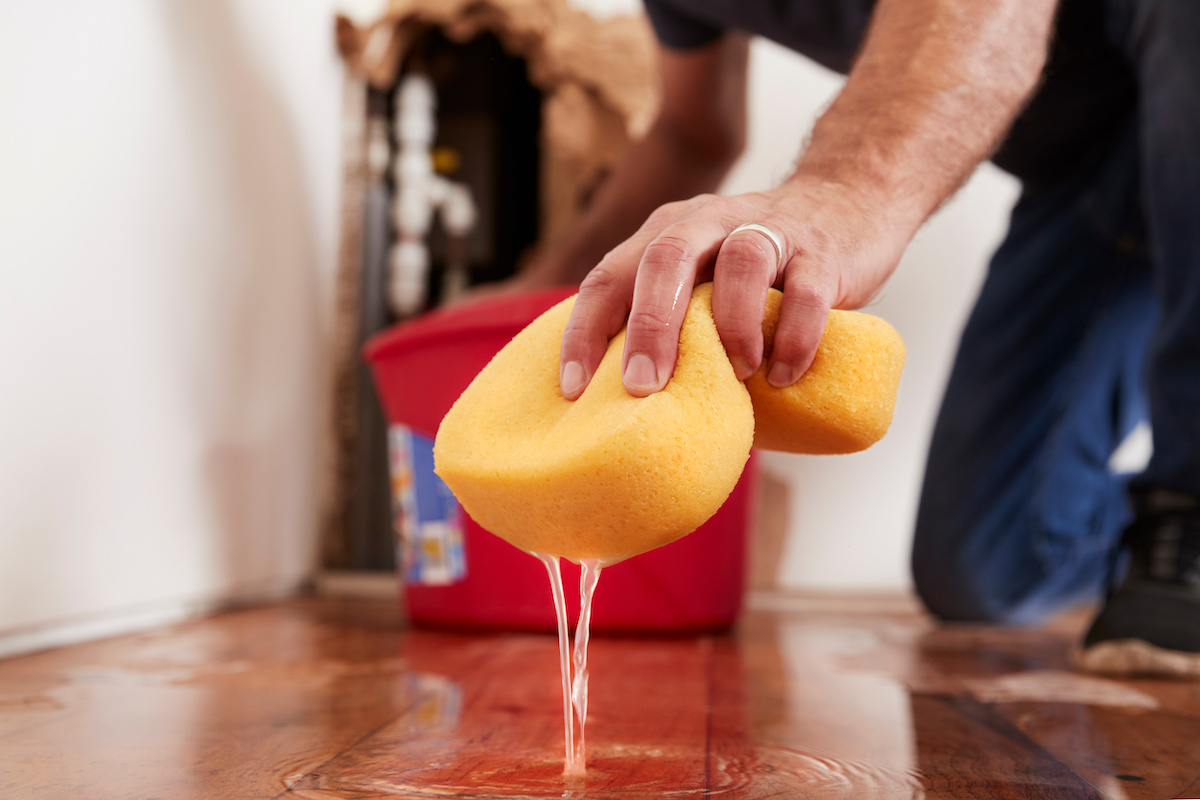Step-by-Step Guide to Installing a New Toilet
Posted by William Heinselman on
 Installing a new toilet or replacing an old, low-efficiency model is a common DIY plumbing job anyone can do. That said, you’ve still got to be careful when installing new units, as one quick, careless error could result in damage to your home or other plumbing fixtures.
Installing a new toilet or replacing an old, low-efficiency model is a common DIY plumbing job anyone can do. That said, you’ve still got to be careful when installing new units, as one quick, careless error could result in damage to your home or other plumbing fixtures.
One of the biggest tips we could give you is this: if you’re not sure exactly what you’re doing or what a specific part does, stop and learn. Almost all toilet installation mistakes are avoidable, granted you take the time to understand how your home’s plumbing works.
If you’re replacing an existing toilet, the entire process is relatively simple, as you can use existing water lines and connections when installing a replacement unit. For new toilet installation, on the other hand, you may want to bring out the elbow grease or talk with a professional plumber first.
Step 1: Preparation and Materials
Naturally, the first step in replacing a toilet or installing a new model is making sure you have all the tools necessary for the job. Don’t cut corners with your plumbing. Make sure you’ve got all of the following tools and materials before trying to install a new toilet.
- An adjustable wrench, screwdrivers and pliers
- Standard plunger
- Of course, the new toilet
- A sponge
- Wax ring
- Flange ring
- Box cutter
- The water supply line (if not already in place, as is the case for basic toilet replacements)
- Toilet seat (often sold separately from the bowl and tank)
- Bucket
If you’re replacing a toilet, turn off the toilet’s shutoff valve and drain the water from the bowl and tank via flushing. With the shutoff valve turned off, the tank will not refill, and you can remove the tank with little spillage (this is when the bucket mentioned above comes in handy!). To clear residual water from the toilet line, such as water stuck in a drain trap, use a plunger as you normally would.
Step 2: Removing an Existing Toilet
If you’re installing an entirely new toilet, and not replacing an old one, continue on to Step 3.
The first real step in replacing a toilet is disconnecting your existing toilet from the supply line and unbolting it from the floor. Use an adjustable wrench to disconnect your old unit from the water supply line, and remove the caps covering toilet base bolts. Unscrew these bolts, as well as the bolts connecting the toilet tank to the bowl. Now, the tank can be removed safely with relatively minor leaking, if any at all.
Next, use a box cutter or other utility knife to cut through any caulk at the toilet’s base. For your replacement toilet, you can get my without caulking altogether, as caulk can trap water and let serious plumbing leaks go unnoticed. Now, you can remove the bowl and clear the area for your replacement toilet unit. Use a rag or old towel to cover the drain pipe and prevent harmful sewer gases from entering your home.
Step 3: Check the Flange and Wax Ring, and Set Your New Toilet
The next step in replacing or installing a toilet is inspecting the flange ring and its connecting bolts. If bolts are severely rusted, replacing them with new bolts is necessary (fortunately, these bolts often come packaged with new toilet units). Next, check your flange for cracks or other damage, and use a repair flange ring if necessary (for severe damage, it’s better to just replace the flange altogether).
Tip your new toilet bowl over, and install a new wax ring (with or without plastic inserts) to the base; the wax creates a tight seal between your bowl and the drain pipe, so no harmful gases can escape into your home. Note: recommended wax ring thickness changes with different floor thickness.
Align the flange bolts with bolt holes in the base of your toilet, and press down into the floor to set a seal. Once the seal is set, it’s set - any further movement could break the seal and cause air/water leaks.
Step 4: Bolt the Base to Your Floor and Attach the Tank
Use washers and nuts, typically provided with new toilets, to secure the base to your floor. Alternatively tighten them slowly, but firmly, and don’t over tighten the bolts, as this could crack the base of your new unit.
With the bowl installed and secured, you can begin to attach the tank and bolt it onto the bowl. Tighten the connecting bolts in the same alternating manner as the floor bolts, and be careful to not overdo it. Reconnect the water supply valve to the back of the new tank, open the shutoff valve slowly. Give the new toilet a flush and test for leaks.
If you have no leakage, attach a toilet seat (usually purchased separately) and you’re good to go! You now have a new toilet, hassle- and stress-free.
Topics: Home Plumbing, DIY







